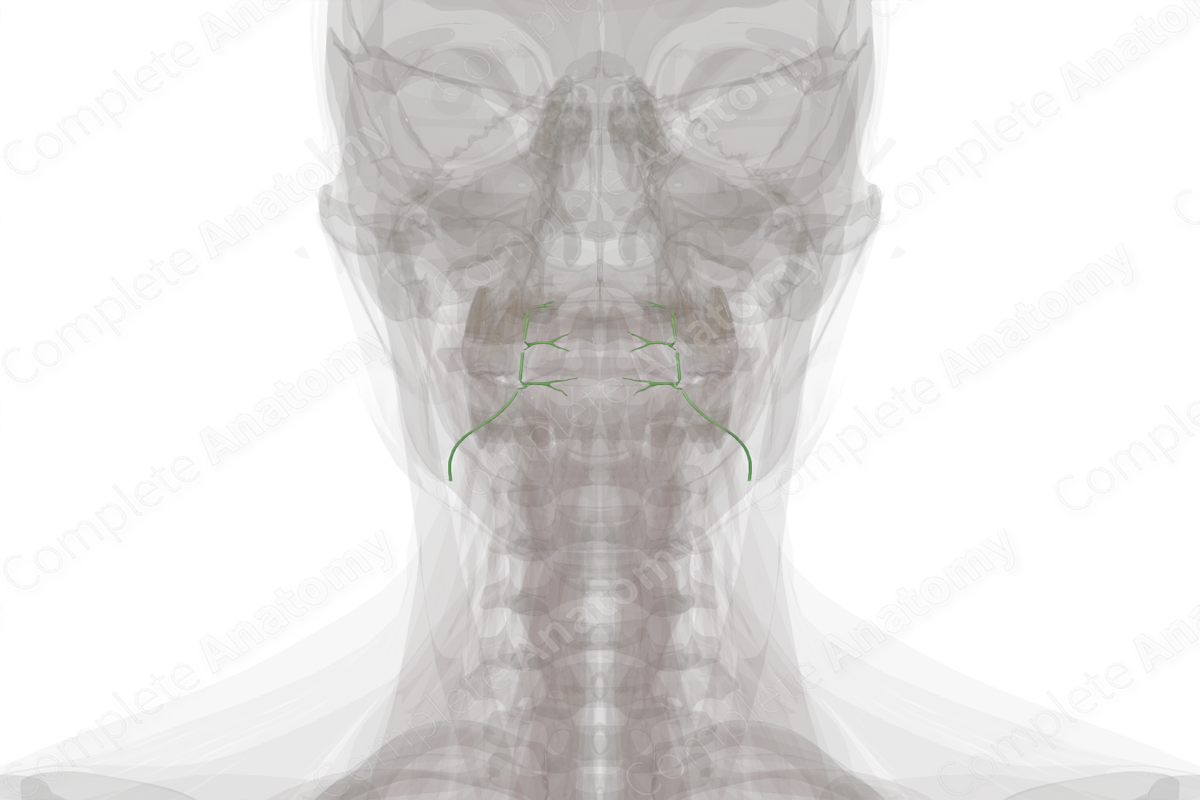
Quick Facts
Location: Posterior to the pharynx.
Drainage: Nasal and oropharyngeal regions.
Direction of Flow: Uppermost nodes in the lateral internal jugular chain > jugular trunk > thoracic duct (left) or right lymphatic duct.
Related parts of the anatomy
Description
The retropharyngeal vessels are organized around nodes in medial and lateral territories posterior to the pharyngeal constrictor muscles. The nodes relating to these vessels are highly variable in their presentation with medial nodes only present in 20% of the population and the lateral nodes often present only unilaterally (Földi et al., 2012).
These retropharyngeal nodes receive afferent vessels from the nasal sinuses, paranasal sinuses, soft palate, palatine arch, auditory tube, and middle ear.
Drainage vessels from these nodes crosses over the carotid sheath and neurovascular bundle to connect with the most superior nodes of the lateral jugular chain (Földi et al., 2012).
References
Földi, M., Földi, E., Strößenreuther, R. and Kubik, S. (2012) Földi's Textbook of Lymphology: for Physicians and Lymphedema Therapists. Elsevier Health Sciences.




